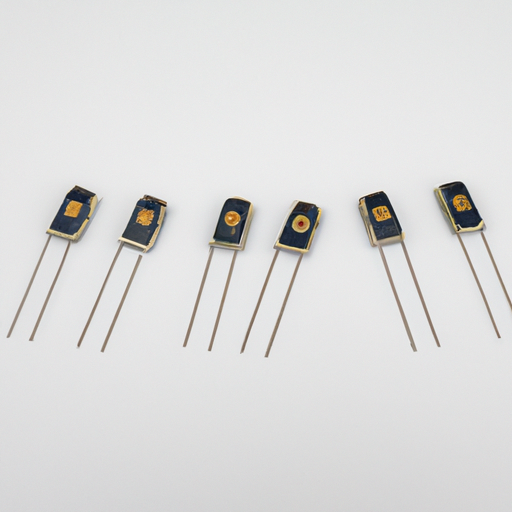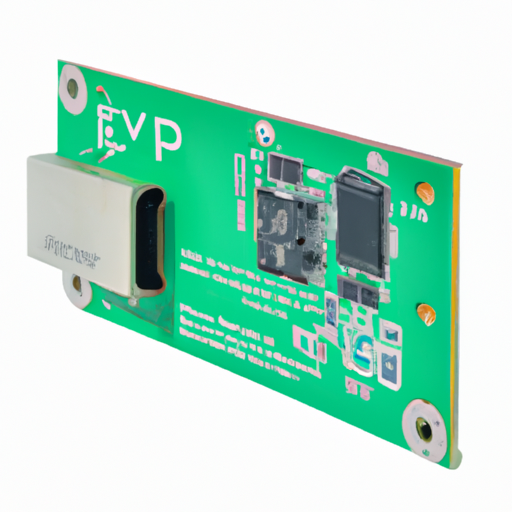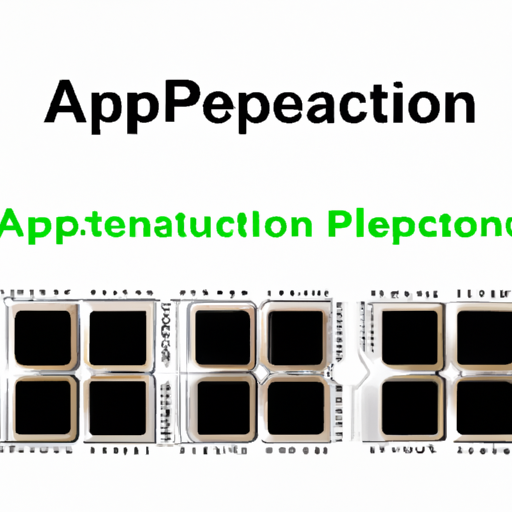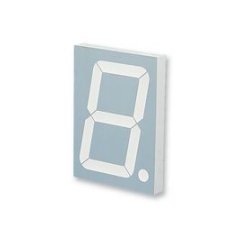MM74HC245AN Diode Arrays highlighting the core functional technology articles and application development cases of Diode Arrays that are effective.
Overview of Diode Arrays
Diode Arrays are integrated circuits that consist of multiple diodes packaged together, serving various functions in electronic circuits. They are essential components in applications that require signal protection, voltage clamping, and rectification. Diode arrays can be classified into several categories, including:
| 1. Standard Diode Arrays | These are used for general-purpose applications, providing multiple diodes in a single package for various circuit needs. |
| 2. TVS (Transient Voltage Suppressor) Arrays | Specifically designed to protect sensitive electronics from voltage spikes and transients, ensuring circuit integrity. |
| 3. Schottky Diode Arrays | Known for their low forward voltage drop and fast switching capabilities, making them ideal for high-frequency applications. |
Core Functional Technologies
1. Signal Protection: Diode arrays are crucial for safeguarding sensitive components from overvoltage conditions. They can clamp voltage spikes, preventing damage to downstream circuitry.
2. Voltage Clamping: In scenarios where voltage levels may exceed safe operating limits, diode arrays can clamp the voltage to a specified threshold, ensuring that the rest of the circuit remains within safe parameters.
3. Rectification: Diode arrays can be employed in power supply circuits to convert AC to DC, handling multiple phases or outputs in a compact form factor.
4. Level Shifting: In mixed-signal applications, diode arrays facilitate level shifting between different voltage domains, enabling seamless communication between components operating at varying voltage levels.
Application Development Cases
1. USB Protection: Diode arrays are extensively used in USB interfaces to protect against ESD (Electrostatic Discharge) and overvoltage conditions. For instance, a TVS diode array can be integrated on the data lines of a USB port to safeguard microcontrollers from voltage spikes.
2. LED Driver Circuits: In LED applications, diode arrays help regulate the current through each LED, which is critical when multiple LEDs are driven in parallel to ensure uniform brightness and prevent thermal runaway.
3. Automotive Applications: Diode arrays are employed in automotive electronics to protect sensitive components from voltage transients caused by inductive loads (like motors) and to maintain signal integrity in communication lines.
4. Telecommunications: In telecom applications, diode arrays protect against voltage surges on communication lines, ensuring the reliable operation of data transmission equipment and enhancing overall system robustness.
5. Consumer Electronics: Diode arrays are utilized in various consumer electronics for power management, signal integrity, and protection against voltage spikes, thereby improving the reliability and longevity of devices.
Conclusion
Diode arrays are integral to modern electronic design, providing essential functions such as protection, voltage clamping, and signal integrity. Their compact form factor and versatility make them suitable for a wide range of applications, from consumer electronics to industrial systems. When designing circuits that require these functionalities, selecting the appropriate diode array can significantly enhance performance and reliability, ensuring that electronic devices operate safely and effectively in their intended environments.







